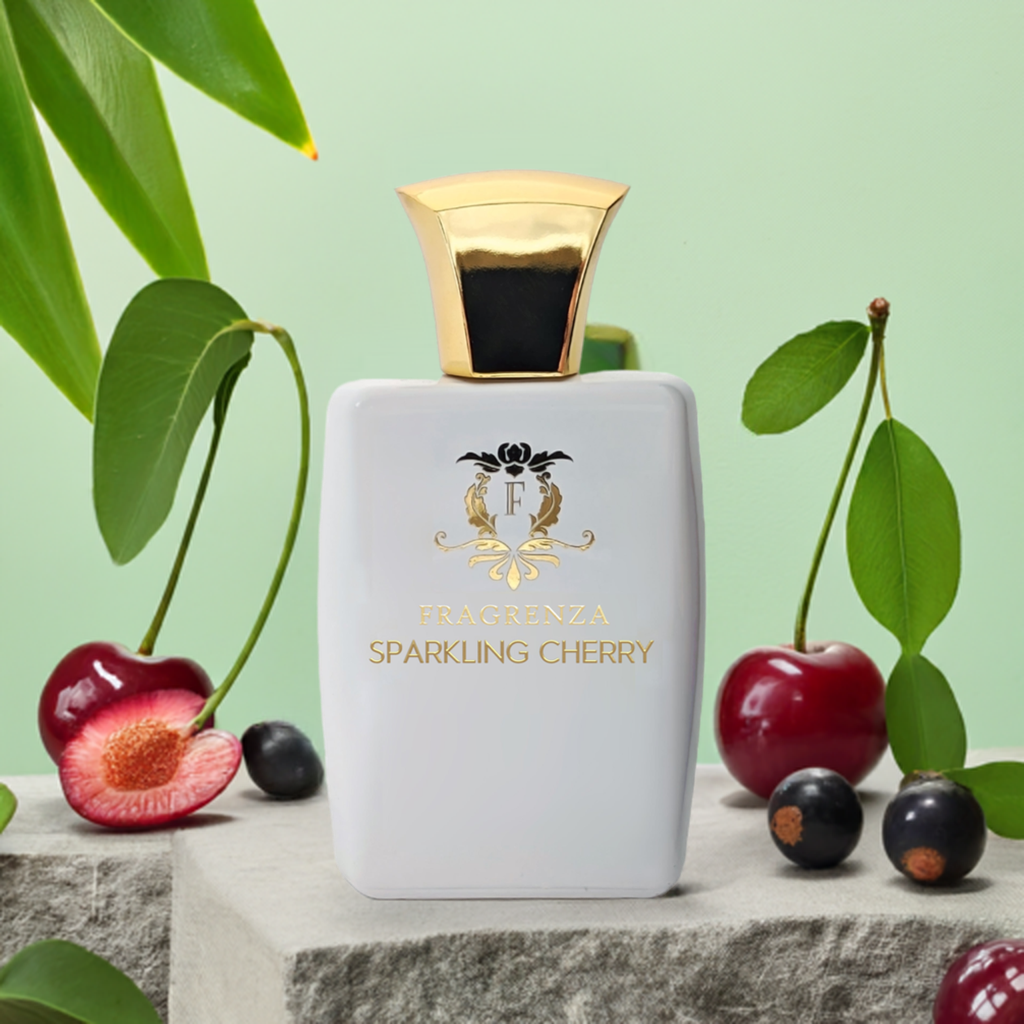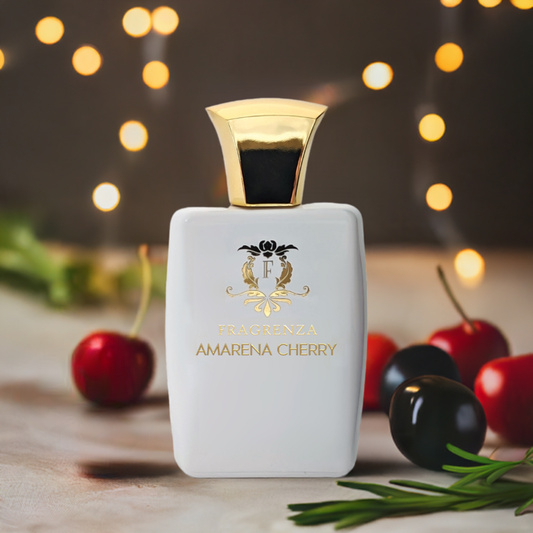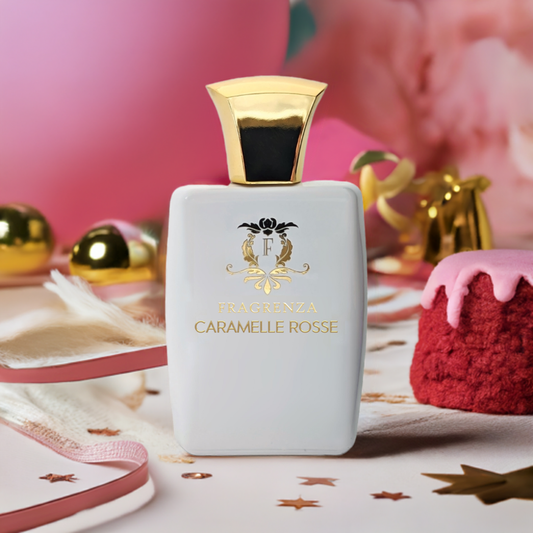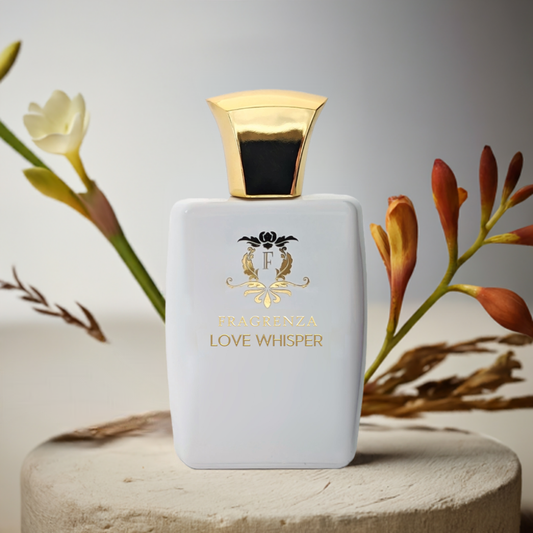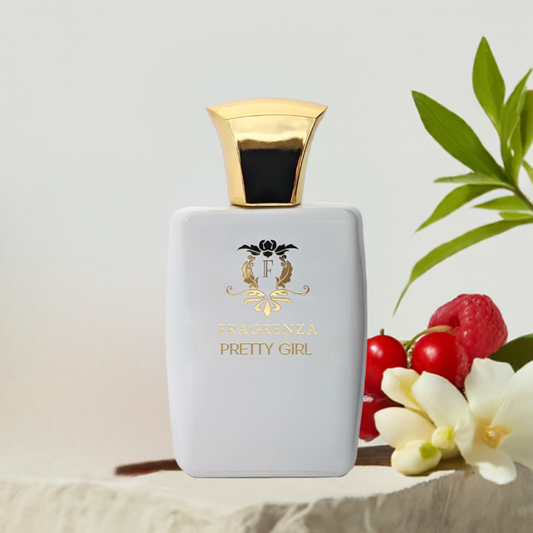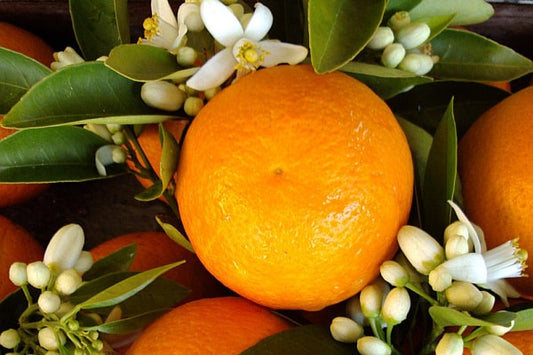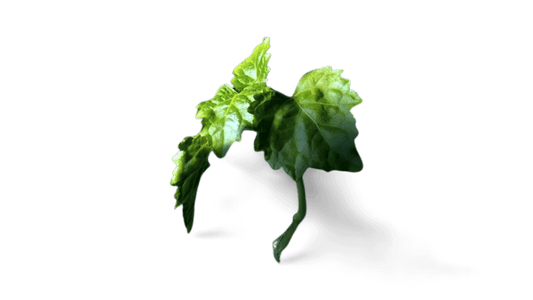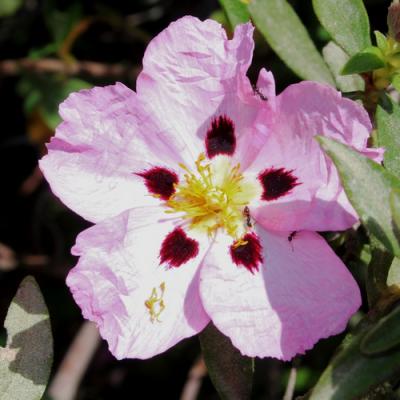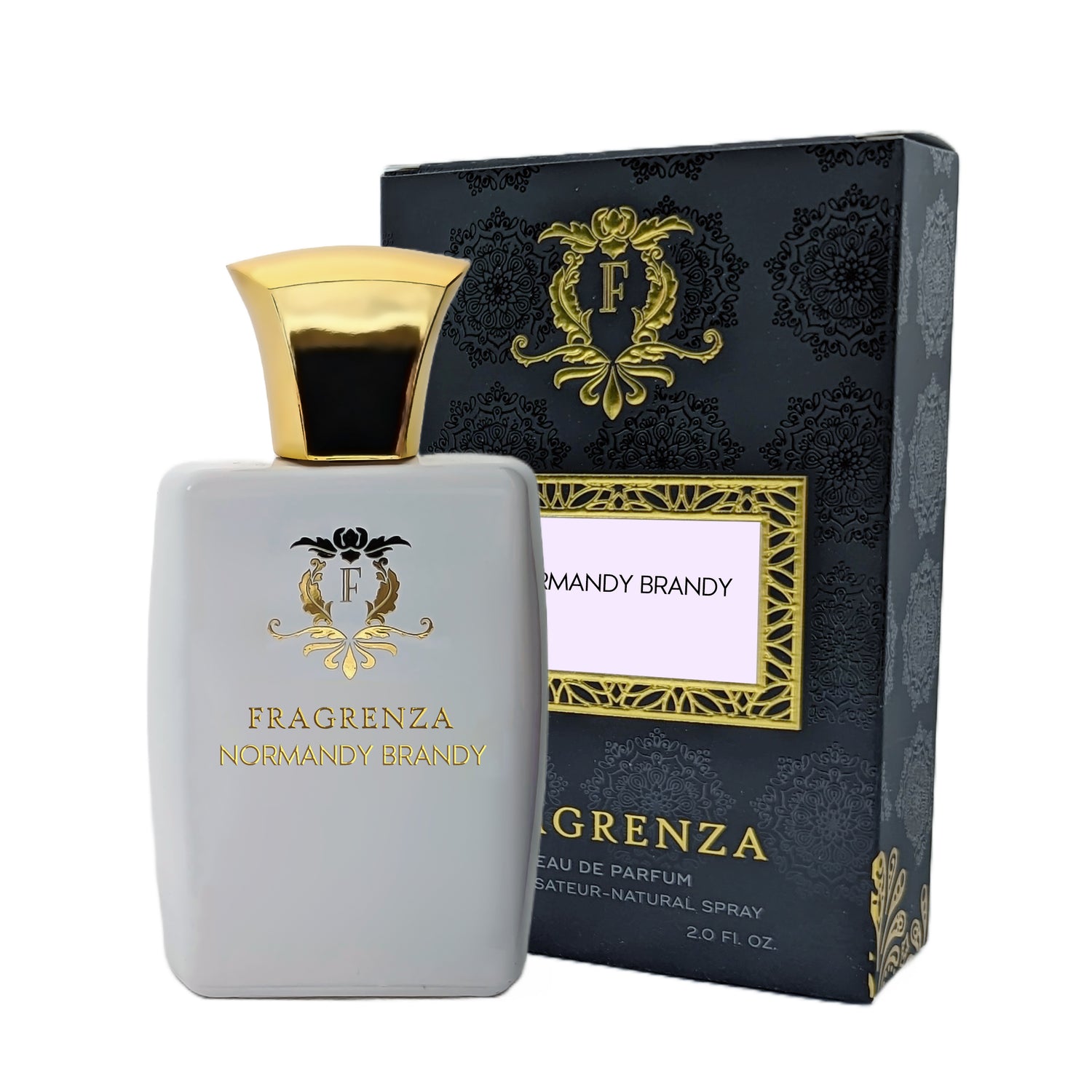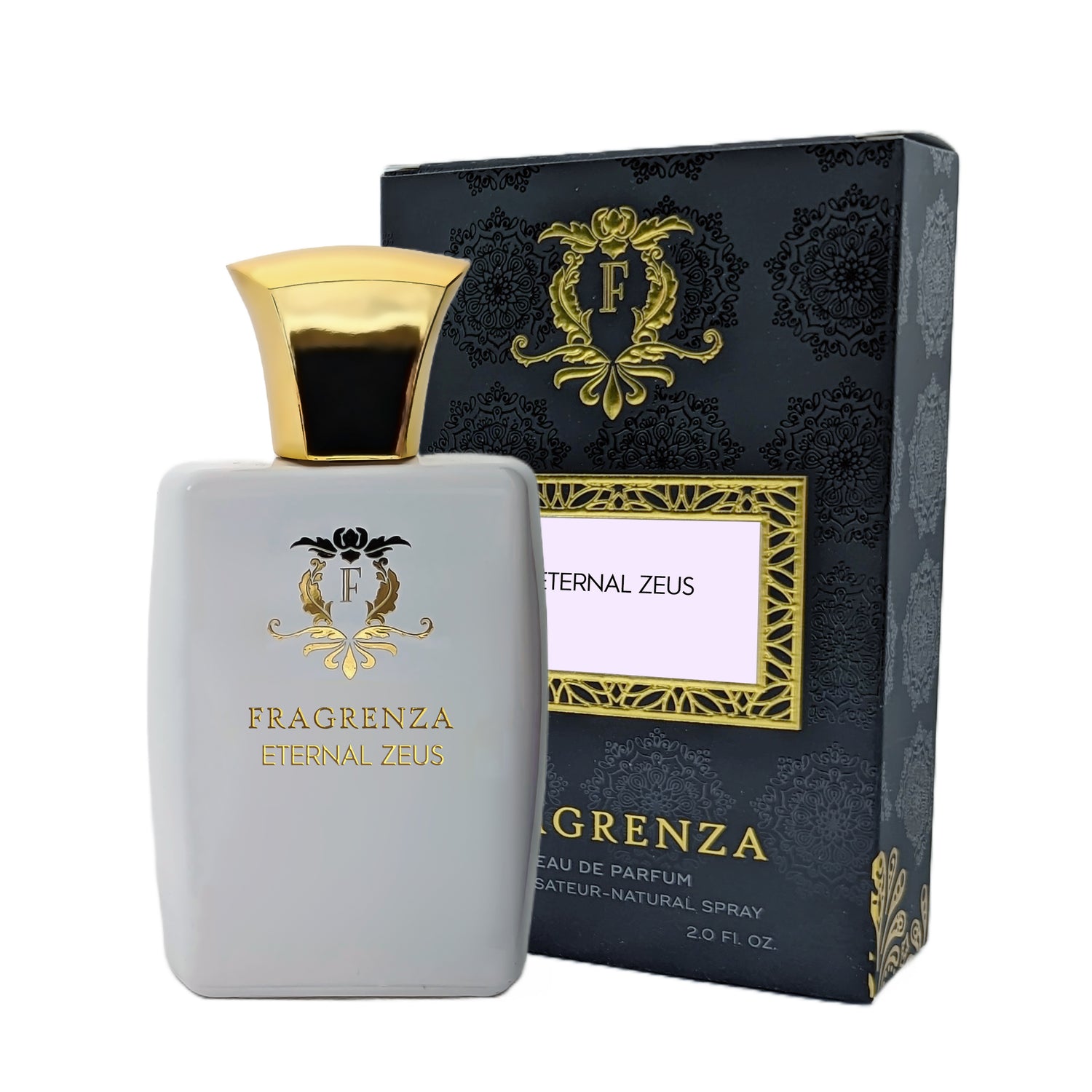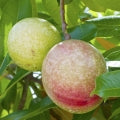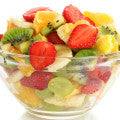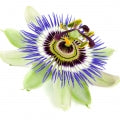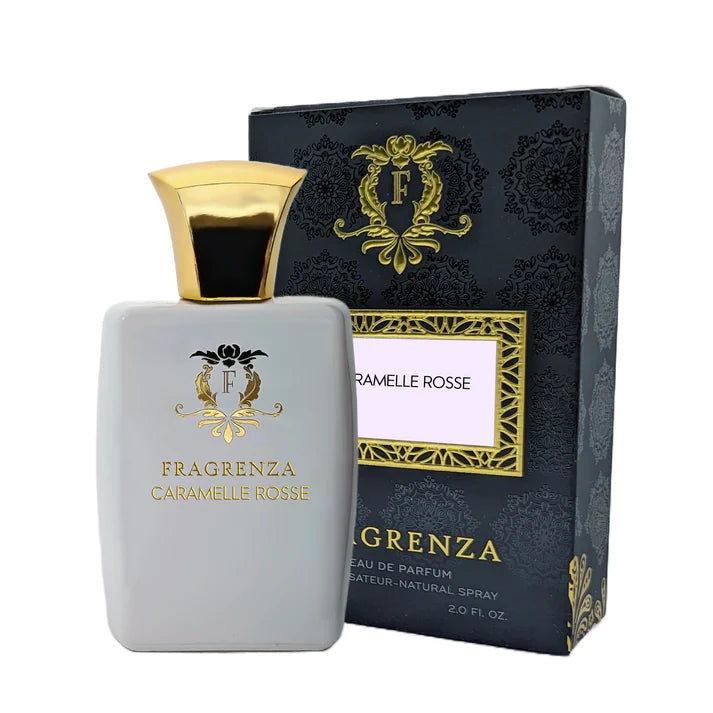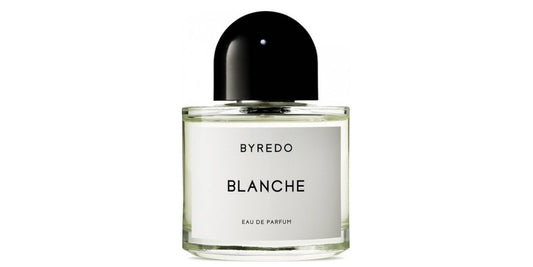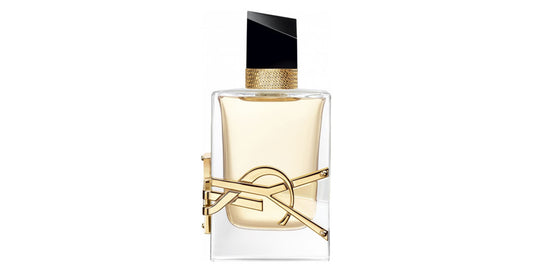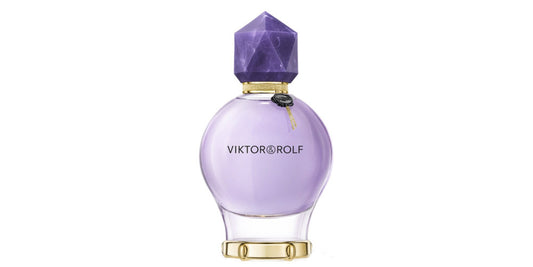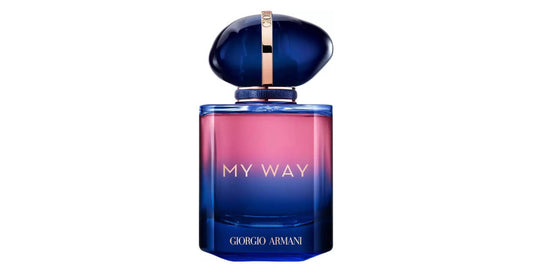What does passion fruit smells like?
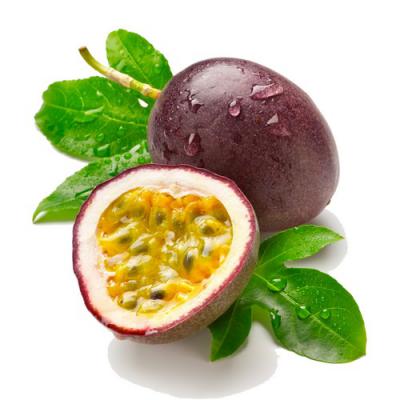
In This Article
Relish the Gourmand and Fruity Notes of Passion Fruit
The delightfully sweet and exotic aroma of passion fruit, accompanied by its tangy notes, is available in a multitude of forms. This enticing scent graces a range of products, from creams and body milk, to shower gels, shampoos, lotions, soaps, balms, eau de toilette, and even perfumes. Moreover, the essence of this versatile fruit also enhances culinary creations, adding a touch of the exotic to desserts, yogurts, and beverages.
Within the world of perfumery, passion fruit or its floral counterpart, the passion flower, is utilized. Extracting oil directly from passion fruit isn't practical, so the fruit's unique aroma is replicated in labs using chemical methodologies, primarily the headspace technique.
Passion Fruit and Its Synergistic Connections with Other Olfactory Families
Passion fruit, a member of the fruity family, blends harmoniously with other fruits, especially exotic ones like pineapple, papaya, mango, and coconut. It often appears in floral and/or fruity fragrances, such as Guerlain's "Love is All," where it emerges as a top note paired with tangerine, hazelnut, and rose berry.
Passion fruit also features in Escada's "Island Kiss," a floral-fruity fusion that intertwines the notes of passion fruit, mango, and orange. Additionally, it shines in the heart of citrus fragrances, as exemplified by Cartier's "Eau de Cartier, Zeste de Soleil," where the entire composition is built around the radiant and sun-drenched essence of passion fruit.
Passion fruit epitomizes the essence of an exotic summer. Although its presence in soaps and shower gels with the fruity notes of passion is well-known, its role in perfumery is relatively understated, despite its contribution to many notable fragrances. The note of passion fruit graces many exquisite perfumes.
Wearing a perfume can fulfill various objectives. Perfumes can serve to attract, evoke memories, or create a sense of travel. Passion fruit, with its tangy allure, stands as a popular exotic ingredient in our fragrances.
The Multifaceted Names and Virtues of Passion Fruit
Passion fruit originates from the grenadilla, a climbing plant in the Passifloraceae family, which is cultivated for its edible pulp. Known as passion fruit or maracudja in Creole, it's referred to as apple-lianas in New Caledonia and Haiti. The fruit comes in various forms, including a larger yellow variety, but the smaller, purple form is most familiar.
Like vine, passion fruit is grown on stakes and wires, flourishing in warm regions and climbing up to 6 meters in length. The fruit features numerous black seeds encased by an edible orange-colored substance, known for its mild flavor and a range of pharmacological benefits.Notably, passion fruit boasts anti-inflammatory properties and aids in treating anxiety. It serves as a potent antioxidant and is rich in phenolic compounds and vitamins. Traditionally, it has been used in South American medicine for treating a variety of ailments such as asthma, insomnia, urinary tract infections, and bronchitis. In the West Indies, its leaves are utilized to manage high blood pressure. France offers many sedative preparations that contain passion fruit.
The Influence of Passion Fruit in Perfumery
In the realm of perfumery, passion fruit is predominantly used in feminine creations, providing an exotic touch that is both fruity and floral. However, perfumers can't extract essential oils directly from the fruit. Instead, they replicate its unique scent in labs, primarily through the headspace technique, which was developed in the 1970s to recreate natural floral scents without causing any damage.
While many individuals savor the taste of its juicy pulp, the aroma of passion fruit is equally appreciated. It is a key note in fragrances like Angel by Thierry Mugler, Eau de Cartier Zeste de Soleil, Eau de Mandarine Ambrée by Hermès, and Escada Island Kiss.
